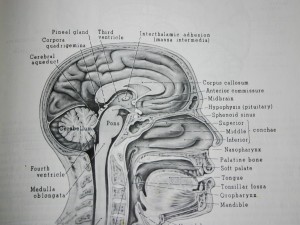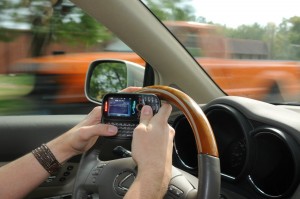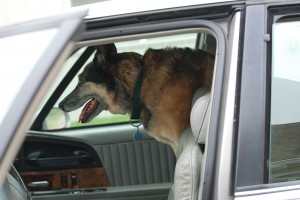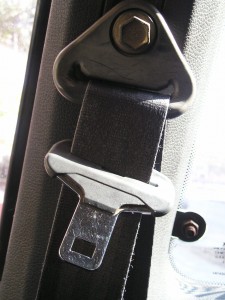 We have all read prospective employment resumes that state, “I’m great under pressure and handle multi-tasking efficiently.” As a nation, we pride ourselves for being able to accomplish multiple things at once. Furthermore, all of us believe that we can improve productivity by doing so. What really happens when we begin doing more than one thing at a time?
We have all read prospective employment resumes that state, “I’m great under pressure and handle multi-tasking efficiently.” As a nation, we pride ourselves for being able to accomplish multiple things at once. Furthermore, all of us believe that we can improve productivity by doing so. What really happens when we begin doing more than one thing at a time?
Researchers have utilized MRIs to observe the human brain while multi-tasking and performing various interrupted tasks. What they found is that when working on one task the brain devotes both frontal lobes to managing the work. When two tasks are performed each half of the brain manages each task. When a third task is introduced the brain starts crashing and mistakes begin to rise. Additionally this causes longer response times so productivity goes down.
So how does multi-tasking affect your ability to drive? A study by the University of Utah psychologists found that multi-tasking can be more dangerous than drinking and driving. “Talking and driving are mutually exclusive because the same part of the brain that is used in phone conversation is also used to focus on the road.” This means that when a person is in phone conversation they are paying less attention to what is happening visually in front of them. To learn more about the effects of multi-tasking, visit: http://www.multitaskingtest.net.au/the-science/impacts-of-multi-tasking
The Cunnane Law Office has provided this content for informational purposes only. You should refer your questions to a personal injury attorney.










